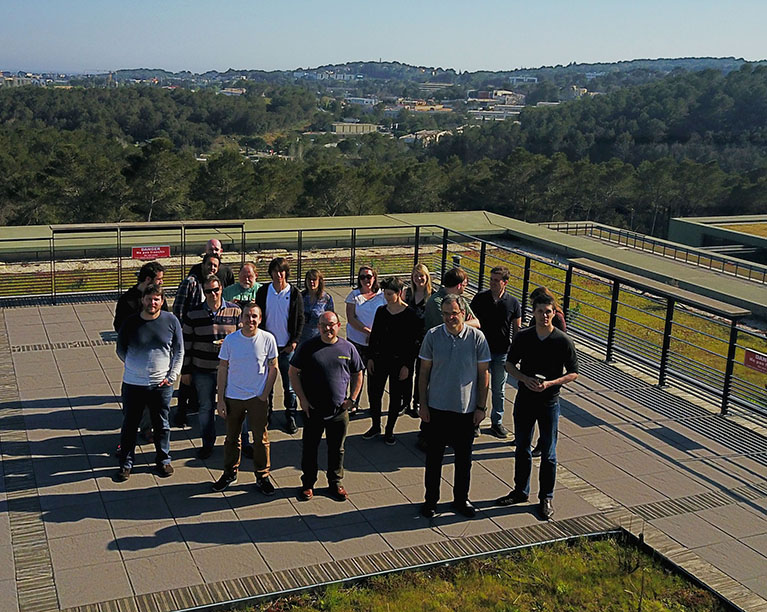DigiArt and it’s consortium members will be meeting at the University Nice Sophia Antipolis on the 11th and 12th of April 2018, holding a two day workshop showcasing the research and work they have undertaken during this exciting project.
The workshop will include:
• 3D for cultural heritage (non-academic, museums curators, visualization, virtualization)
• 3D for architecture (cultural heritage sites, scientific identification, historical architecture)
• 3D for archaeology (anthropology, semantic analysis of artefacts, sensor acquisition and 3D representation)
• 3D for underwater (archaeology underwater, welcoming any starting projects of the Horizon 2020 call).
We would like to invite participants (academics, museum curators) with interests in cultural heritage and 3D representation.
A team from Liverpool John Moores University is working with partners from Greece, Belgium, France, Switzerland and elsewhere in the UK to develop 3D capture systems, which will allow a deeper understanding of art using augmented/virtual reality technologies.
DigiArt, which is funded through Horizon 2020, is aimed at providing a new, cost efficient solution to the capture, processing and display of cultural artefacts. The project will change the ways in which the public can interact with cultural objects and spaces.
It has been developed by a consortium of seven academic, industrial and museum partners: Liverpool John Moores University, The Centre for Research & Technology, Hellas (CERTH), Centre national de la recherche scientifique (CNRS), The Museum of the Royal Tombs of Aigai, Pix4D, Scladina Cave Archaeological Centre and Vulcan UAV Ltd.
The project sets out to develop complex software to identify objects and automatically extract their meaning which will result in what the project terms, “the internet of historical things”; available anywhere, at any time, on any web-enabled device. A person connected to the internet will be able to hold a virtual museum object and will be able to find other similar objects elsewhere in the museum, or in a museum in a different country. The ambition is to present artefacts, linked to their context, in an immersive display with virtual and/or with augmented reality. This virtual reality will be the “story telling engine” that builds the context around the objects.
The diversity of the objects and spaces in the test museums will challenge the engineers to provide a tool useful for all museums in the future. This may go from using Unmanned Aerial Vehicle UAVs (drones) to fly and record large sites, to using scanners to record fine jewellery.

